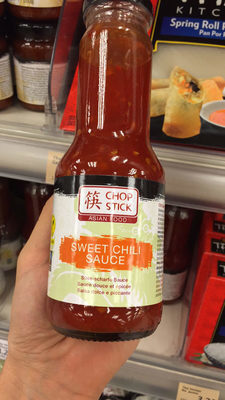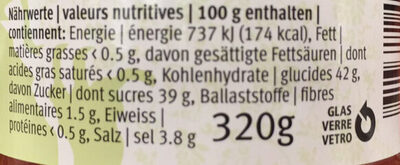Sauce douce et épicée - Chop Stick - 320 g
This product page is not complete. You can help to complete it by editing it and adding more data from the photos we have, or by taking more photos using the app for Android or iPhone/iPad. Thank you!
×
Barcode: 7613312045336 (EAN / EAN-13)
Common name: Sauce au piment
Quantity: 320 g
Packaging: fr:Bouteille verre
Brands: Chop Stick
Categories: Condiments, Sauces, Hot sauces, Sweet-chilli-sauce, Groceries
Labels, certifications, awards:
Fair trade, Vegetarian, Fairtrade International, Vegan, European Vegetarian Union, European Vegetarian Union Vegan, Max Havelaar



Countries where sold: Switzerland
Matching with your preferences
Report a problem
Data sources
Product added on by openfood-ch-import
Last edit of product page on by packbot.
Product page also edited by ecoscore-impact-estimator, kiliweb, torredibabele, yuka.sY2b0xO6T85zoF3NwEKvll1CT-XM_2n8aizSvnLW4caMIsLKT-pSxafWEao.













